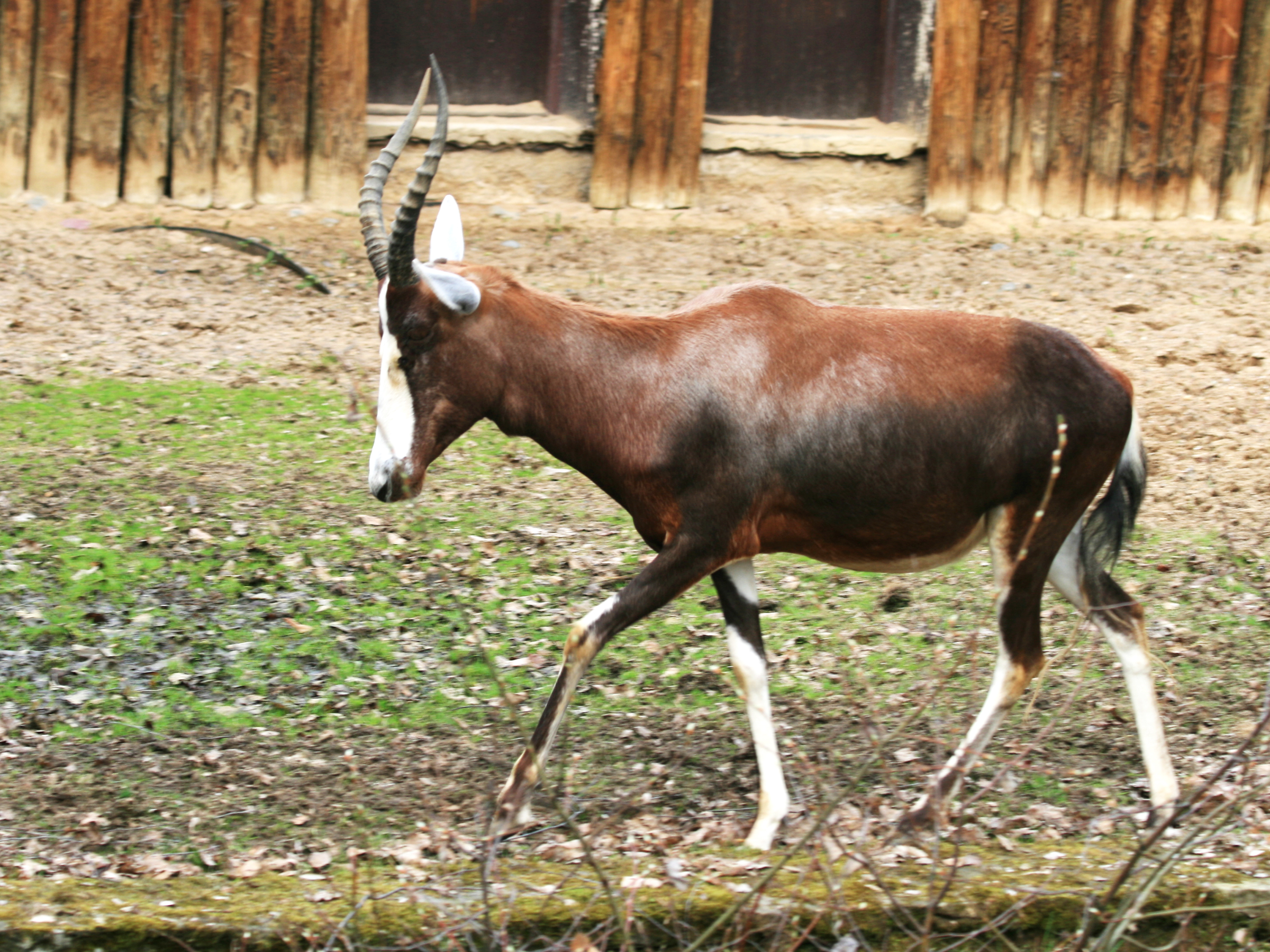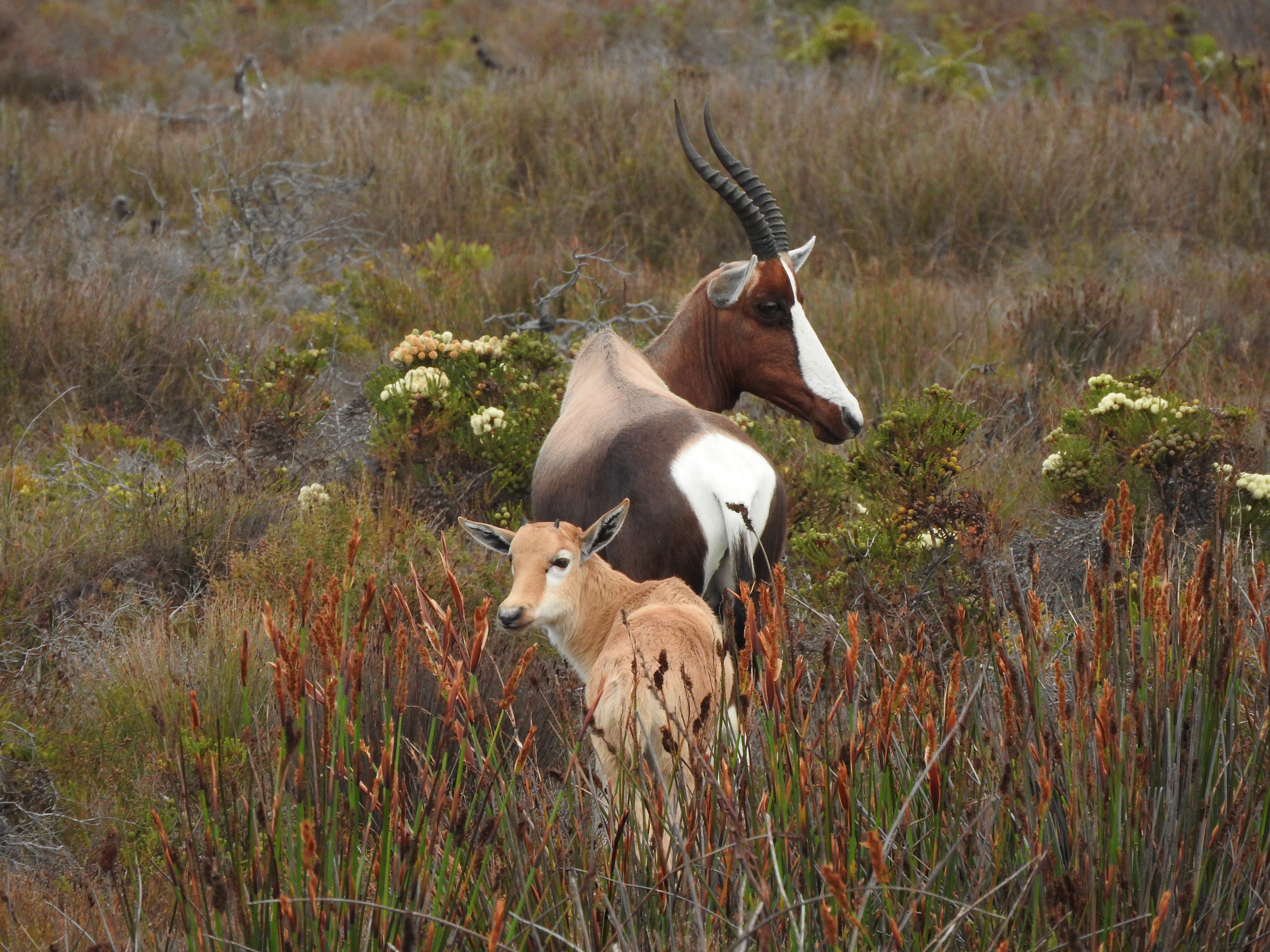|
Damaliscus
''Damaliscus'', commonly known as tsessebes, is a genus of antelope in the family Bovidae, subfamily Alcelaphinae The subfamily Alcelaphinae or tribe Alcelaphini of the family Bovidae contains wildebeest, hartebeest, bonteboks, and several similar species. Depending on the classification, there are 6–10 species placed in four genera, although ''Beatragu ..., found in Africa. Species Listed alphabetically. References * Stuart, Chris & Stuart, Tilde (2007). ''Field Guide to Mammals of Southern Africa.'' Fourth edition. Cape Town:Struik Publ. Alcelaphinae Mammal genera Taxa named by Oldfield Thomas Taxa named by Philip Sclater {{Eventoedungulate-stub ... [...More Info...] [...Related Items...] OR: [Wikipedia] [Google] [Baidu] |
Topi
''Damaliscus lunatus jimela'' is a subspecies of topi, and is usually just called a topi. It is a highly social and fast type of antelope found in the savannas, semi-deserts, and floodplains of sub-Saharan Africa. Names The word ''tope'' or ''topi'' is Swahili, and was first recorded in the 1880s by the German explorer Gustav Fischer to refer to the local topi population in the Lamu island region of Kenya; this population is now designated as '' Damaliscus lunatus topi''. Contemporaneously, in English, sportsmen referred to the animal as a Senegal hartebeest, as it was considered the same species as what is now recognised as ''D. lunatus korrigum''. Other names recorded in East Africa by various German explorers were in Kisukuma and in Kinyamwezi. The Luganda name was according to Neumann, or according to Lugard. By the turn of the 19th century this antelope was called a topi by most in English. Writing in 1908, Richard Lydekker complains that it would have s ... [...More Info...] [...Related Items...] OR: [Wikipedia] [Google] [Baidu] |
Damaliscus Lunatus
''Damaliscus lunatus'' is a large African antelope of the genus ''Damaliscus'' and subfamily Alcelaphinae in the family Bovidae, with a number of recognised geographic subspecies. Some authorities have split the different populations of the species into different species,''Damaliscus lunatus'' MSW3 although this is seen as controversial. Common names include , sassaby, tiang and |
Common Tsessebe
The common tsessebe or sassaby (''Damaliscus lunatus lunatus'') is the southern, nominate subspecies of ''Damaliscus lunatus'', although some authorities have recognised it as an independent species. It is most closely related to the Bangweulu tsessebe, sometimes also seen as a separate species,''Damaliscus lunatus'' MSW3 less to the , , coastal topi and tiang< ... [...More Info...] [...Related Items...] OR: [Wikipedia] [Google] [Baidu] |
Damaliscus
''Damaliscus'', commonly known as tsessebes, is a genus of antelope in the family Bovidae, subfamily Alcelaphinae The subfamily Alcelaphinae or tribe Alcelaphini of the family Bovidae contains wildebeest, hartebeest, bonteboks, and several similar species. Depending on the classification, there are 6–10 species placed in four genera, although ''Beatragu ..., found in Africa. Species Listed alphabetically. References * Stuart, Chris & Stuart, Tilde (2007). ''Field Guide to Mammals of Southern Africa.'' Fourth edition. Cape Town:Struik Publ. Alcelaphinae Mammal genera Taxa named by Oldfield Thomas Taxa named by Philip Sclater {{Eventoedungulate-stub ... [...More Info...] [...Related Items...] OR: [Wikipedia] [Google] [Baidu] |
Bangweulu Tsessebe
The Bangweulu tsessebe (''Damaliscus lunatus superstes'') is a population and possible taxon of ''Damaliscus lunatus'' (topi or sassaby), which are large African antelopes of the grasslands. This population is presently restricted to northern Zambia in the wild, although it was recorded as occurring in neighbouring southernmost Democratic Republic of the Congo in the 1940s. Also seen as the northernmost population belonging to the nominate southern sassaby subspecies, in 2003 it was described as a new species, only to be downgraded to a subspecies a few years later. Its taxonomic status is unclear as of 2021. As an individual sassaby of this taxon cannot be clearly distinguished from populations to the south, the taxon was defined using an experimental suite of statistical techniques applied to a sample set, based on multivariate analysis, and recognised under an experimental new taxonomy. Nominate sassaby antelopes become progressively darker on average in the northern populations ... [...More Info...] [...Related Items...] OR: [Wikipedia] [Google] [Baidu] |
Korrigum
The korrigum (''Damaliscus lunatus korrigum''), also known as Senegal hartebeest, is a subspecies of the topi, a large African antelope. Taxonomy An 1822–1824 British expedition across the Sahara to the ancient kingdom of Bornu, returned with single set of horns of an antelope known in the language of that land as a ''korrigum''. These horns were classified as a new species by William Ogilby in an article in the journal ''Proceedings of the Zoological Society of London'' dated 1836, but published in 1837. Description Korrigan were said to differ from the tiang subspecies based on the tail tuft being more bushy, and the pelage being more reddish. In the tiang, the patches of dark hair on the legs were said to be somewhat larger. In the Belgian Congo, a topi was shot in the 19th century which is intermediate between these two. Morphometrically, korrigan and tiang were found to be indistinguishable. Range and conservation Korrigum formerly occurred from southern Mauritania a ... [...More Info...] [...Related Items...] OR: [Wikipedia] [Google] [Baidu] |
Blesbok
The blesbok or blesbuck (''Damaliscus pygargus phillipsi'') is a subspecies of the bontebok antelope endemic to South Africa, Eswatini and Namibia. It has a distinctive white face and forehead which inspired the name, because ''bles'' is the Afrikaans word for a blaze such as one might see on the forehead of a horse. Taxonomy The blesbok and the bontebok (''D. p. pygargus'') are subspecies of the same species and can readily interbreed, the hybrid offspring being known as the bontebles or baster blesbok; the differences between the two subspecies have arisen due to preferences for different habitats in the wild. Distribution The blesbok is endemic to southern Africa and is found in large numbers in all national parks with open grasslands, from the Highveld north of the Vaal River southwards through the Free State, to the Eastern Cape. It is a plains species and dislikes wooded areas. It was first described in the 17th century, in bountiful herds.Gordon-Cumming, Roualeyn. Fi ... [...More Info...] [...Related Items...] OR: [Wikipedia] [Google] [Baidu] |
Bontebok
The bontebok (''Damaliscus pygargus'') is an antelope found in South Africa, Lesotho and Namibia. ''D. pygargus'' has two subspecies; the nominate subspecies (''D. p. pygargus''), occurring naturally in the Fynbos and Renosterveld areas of the Western Cape, and the blesbok (''D. p. phillipsi'') occurring in the Highveld. The bontebok is related to the common tsessebe. Description The bontebok is a tall, medium-sized antelope. They typically stand high at the shoulder and measure along the head and body. The tail can range from . Body mass can vary from . Males are slightly larger and noticeably heavier than females.Burnie, D. and Wilson, D.E. (eds.), ''Animal: The Definitive Visual Guide to the World's Wildlife''. DK Adult (2005), The bontebok is a chocolate brown colour, with a white underside and a white stripe from the forehead to the tip of the nose, although there is a brown stripe across the white near the eyes in most blesbok. The bontebok also has a distinctiv ... [...More Info...] [...Related Items...] OR: [Wikipedia] [Google] [Baidu] |
Damaliscus Pygargus
The bontebok (''Damaliscus pygargus'') is an antelope found in South Africa, Lesotho and Namibia. ''D. pygargus'' has two subspecies; the nominate subspecies (''D. p. pygargus''), occurring naturally in the Fynbos and Renosterveld areas of the Western Cape, and the blesbok (''D. p. phillipsi'') occurring in the Highveld. The bontebok is related to the common tsessebe. Description The bontebok is a tall, medium-sized antelope. They typically stand high at the shoulder and measure along the head and body. The tail can range from . Body mass can vary from . Males are slightly larger and noticeably heavier than females.Burnie, D. and Wilson, D.E. (eds.), ''Animal: The Definitive Visual Guide to the World's Wildlife''. DK Adult (2005), The bontebok is a chocolate brown colour, with a white underside and a white stripe from the forehead to the tip of the nose, although there is a brown stripe across the white near the eyes in most blesbok. The bontebok also has a distinctive ... [...More Info...] [...Related Items...] OR: [Wikipedia] [Google] [Baidu] |
Bontebok (Damaliscus Pygargus Pygargus) (32669740552)
The bontebok (''Damaliscus pygargus'') is an antelope found in South Africa, Lesotho and Namibia. ''D. pygargus'' has two subspecies; the nominate subspecies (''D. p. pygargus''), occurring naturally in the Fynbos and Renosterveld areas of the Western Cape, and the blesbok (''D. p. phillipsi'') occurring in the Highveld. The bontebok is related to the common tsessebe. Description The bontebok is a tall, medium-sized antelope. They typically stand high at the shoulder and measure along the head and body. The tail can range from . Body mass can vary from . Males are slightly larger and noticeably heavier than females.Burnie, D. and Wilson, D.E. (eds.), ''Animal: The Definitive Visual Guide to the World's Wildlife''. DK Adult (2005), The bontebok is a chocolate brown colour, with a white underside and a white stripe from the forehead to the tip of the nose, although there is a brown stripe across the white near the eyes in most blesbok. The bontebok also has a distinctive ... [...More Info...] [...Related Items...] OR: [Wikipedia] [Google] [Baidu] |
Coastal Topi
The coastal topi (''Damaliscus lunatus topi'') is a highly social antelope of the genus ''Damaliscus''. It is a subspecies of the topi ''Damaliscus lunatus jimela'' is a subspecies of topi, and is usually just called a topi. It is a highly social and fast type of antelope found in the savannas, semi-deserts, and floodplains of sub-Saharan Africa. Names The word ''tope'' o .... Range and distribution Coastal topi occur in Kenya in the Lamu, Garissa and Tana River districts. They were formerly found in southern Somalia in riverine grasslands on the lower Shebelle and Juba Rivers and around Lake Badana; no current information is available on these populations. In 1999, the total population was assessed at ~100,000 individuals. References coastal topi Mammals of Kenya Fauna of East Africa coastal topi Bovids of Africa {{eventoedungulate-stub ... [...More Info...] [...Related Items...] OR: [Wikipedia] [Google] [Baidu] |
Damaliscus Pygargus
The bontebok (''Damaliscus pygargus'') is an antelope found in South Africa, Lesotho and Namibia. ''D. pygargus'' has two subspecies; the nominate subspecies (''D. p. pygargus''), occurring naturally in the Fynbos and Renosterveld areas of the Western Cape, and the blesbok (''D. p. phillipsi'') occurring in the Highveld. The bontebok is related to the common tsessebe. Description The bontebok is a tall, medium-sized antelope. They typically stand high at the shoulder and measure along the head and body. The tail can range from . Body mass can vary from . Males are slightly larger and noticeably heavier than females.Burnie, D. and Wilson, D.E. (eds.), ''Animal: The Definitive Visual Guide to the World's Wildlife''. DK Adult (2005), The bontebok is a chocolate brown colour, with a white underside and a white stripe from the forehead to the tip of the nose, although there is a brown stripe across the white near the eyes in most blesbok. The bontebok also has a distinctive ... [...More Info...] [...Related Items...] OR: [Wikipedia] [Google] [Baidu] |

_calf_eating_composite.jpg)
_(11683592113).jpg)

_(32669740552).jpg)


